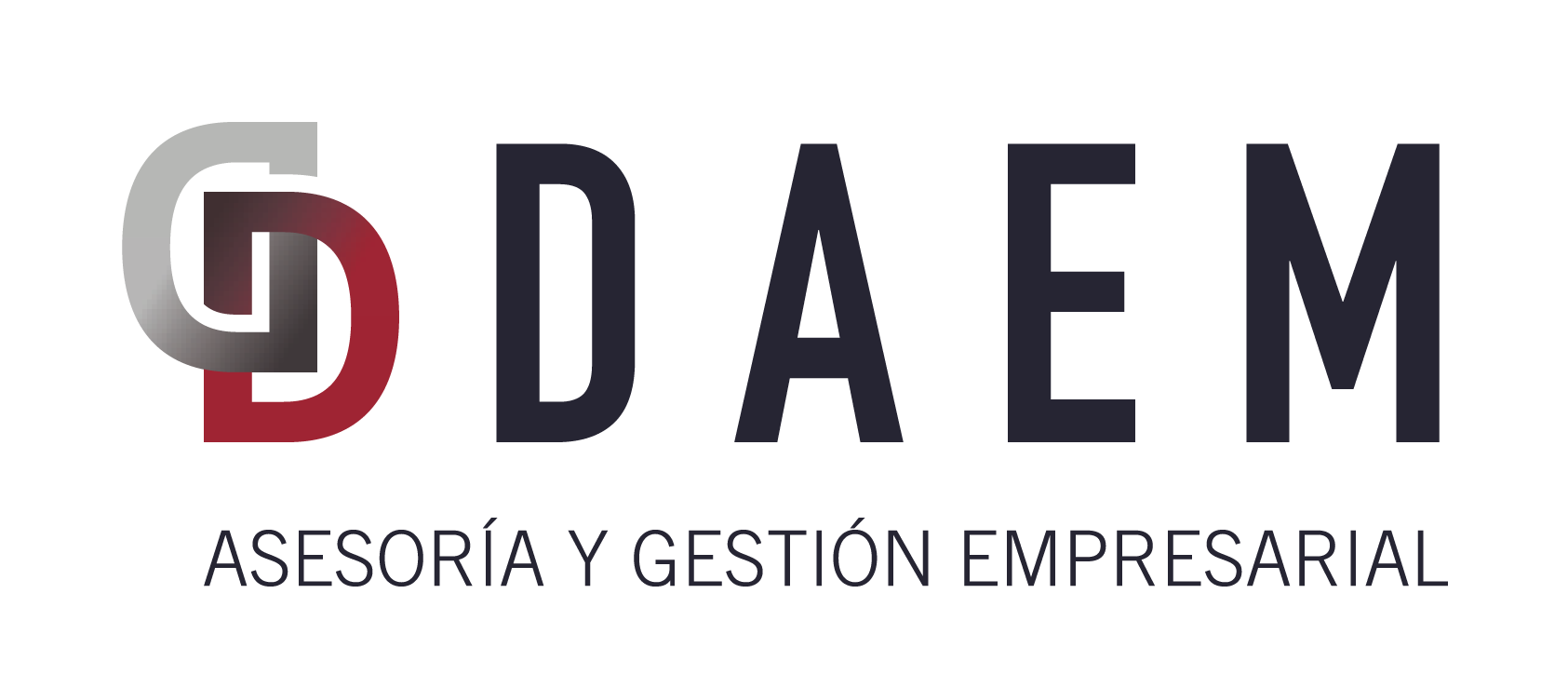Le modèle 193 est une déclaration informative qui se présente une fois par an. Sa fonction est de résumer les retenues et les acomptes réalisés durant l’exercice fiscal antérieur au titre des revenus de capitaux mobiliers. Ce modèle est directement lié au modèle 123, dont il est le résumé annuel.
Ce document inclut des informations relatives aux retenues de l’IRPF (Impôt sur le Revenu des Personnes Physiques), de l’Impôt sur les Sociétés (IS) et de l’Impôt sur le Revenu des Non-Résidents (IRNR), applicables aux paiements tels que les dividendes, les intérêts, les produits financiers ou les locations d’entreprises.
Par exemple, si une entreprise distribue des dividendes à ses associés ou paie des intérêts pour un prêt, elle est obligée de déclarer ces retenues via le modèle 193.
Qui est obligé de déclarer le modèle 193 ?
Save this translation to a file.
Do you know what Model 193 is and if you are obliged to submit it to the Tax Agency?
In this article, we’ll explain everything you need to know about this annual informative document, essential for many companies and self-employed individuals.
What does Model 193 refer to?
Model 193 is an informative declaration submitted once a year. Its function is to summarize the withholdings and payments on account made during the previous tax year on income from movable capital. This model is directly linked to Model 123, acting as its annual summary.
This document includes information related to withholdings from Personal Income Tax (IRPF), Corporate Income Tax (IS), and Non-Resident Income Tax (IRNR), applicable to payments such as dividends, interest, financial products, or business leases.
For example, if a company distributes dividends among its partners or pays interest on a loan, it is obliged to declare these withholdings using Model 193.
Who is obliged to declare Model 193?
The same taxpayers who are obliged to declare Model 123 must submit it:
- Freelancers, companies, and other entities that make payments subject to IRPF, IS, or IRNR withholdings.
- Those who make payments of interest, dividends, income from financial products, or business leases (not to be confused with real estate leases).
Income from movable capital includes shares, bonds, dividends, interest on deposits, and fixed income, among others. In practice, it is common for this model to reflect, for example, dividends paid to partners or interest generated by a loan received.
Generally, these withholdings are applied at a fixed rate of 19%.
What is the submission date for Model 193?
Model 193 is submitted between January 1st and 31st of the year following the tax year being declared. Submission must be done electronically through the Tax Agency’s online portal.
What happens if you submit Model 193 late?
Failure to submit this model within the deadline can result in financial penalties. The amount of the fine ranges from €100 to €1,500, depending on the degree of non-compliance and the omitted data.
If you detect the error before the Tax Agency requests it, you can reduce the financial impact by paying only the interest for the delay. In contrast, if the Agency detects the omission, you will have to bear the penalty and possible surcharges.
Relationship between Model 123 and Model 193
Model 193 summarizes all operations declared quarterly through Model 123. If you have submitted Model 123 during the year, you are obliged to submit Model 193. It is fundamental that both declarations match in figures and recipients, as discrepancies can lead to tax inspections.
Do you need help submitting Model 193?
At DAEM, as specialized tax advisors, we help you comply with your tax obligations clearly and punctually. Data review, correct submission, and expert advice are part of our services.
At DAEM, we work to offer accurate and updated information, although tax aspects may vary according to regulatory changes. We always recommend relying on professional support to adequately manage your tax obligations.








